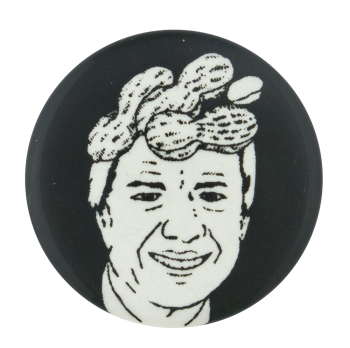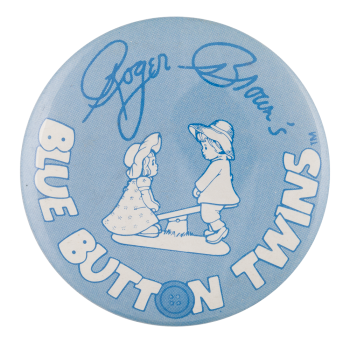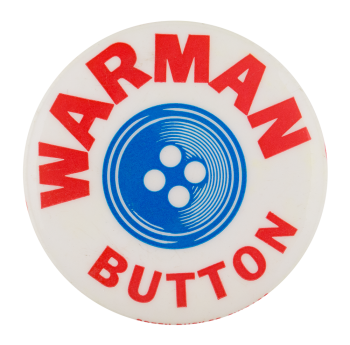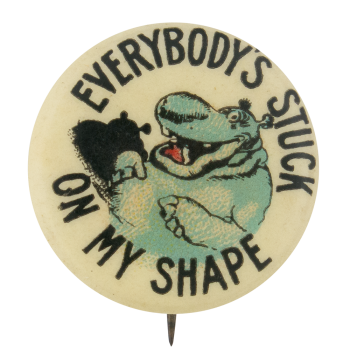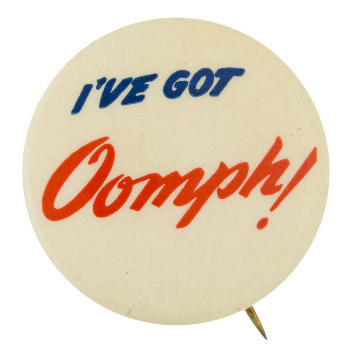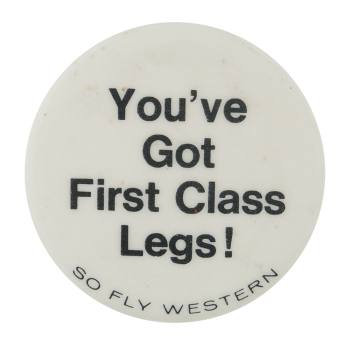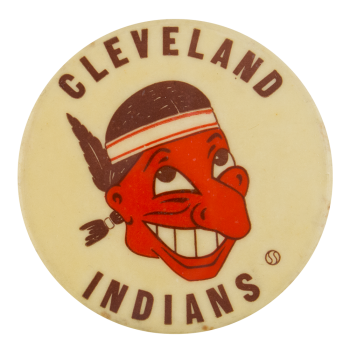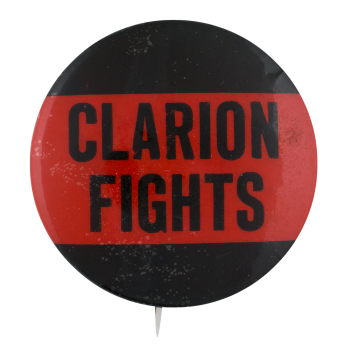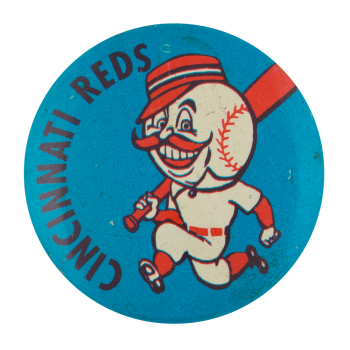Derek Erdman's Jimmy Carter
| Category | |
|---|---|
| Additional Images | |
| Sub Categories | |
| Image Description | Illustration of a man's head with peanuts on top. The white areas glow in the dark. |
| Curl Text | Derek Erdman |
| Back Style | |
| The Shape | |
| The Size | |
| Year / Decade Made | |
| The Manufacturer | |
| Additional Information | This image of JImmy Carter was created by Seattle based artist, Derek Erdman. It features the 39th US President Jimmy Carter with peanuts placed on his head. Jimmy Carter was famously known to many as the peanut man due to his background in peanut farming. This button is part of the 2008 “Glow” Button-O-Matic series produced by Busy Beaver Button Company. The Button-O-Matic is a gumball style vending machine that dispenses limited edition art buttons. |
| Catalog ID | AR0174 |

